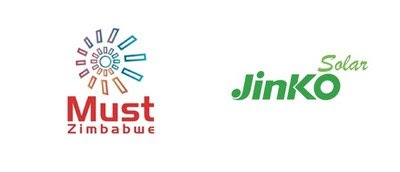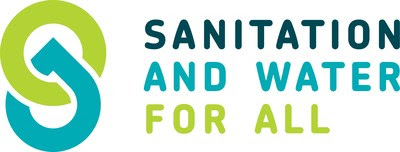China’s retail and industrial production dropped sharply in April, as lockdowns across the country kept consumers from shopping and factories from producing goods, casting a long shadow over China’s economic goals for 2022.
The retail sales of consumer goods shrank 11.1% from a year ago, the biggest contraction since March 2020, according to data released by China’s National Bureau of Statistics on Monday.
The shrinkage surpassed the 6.1% decline analysts expected, according to Reuters.
Industrial production fell 2.9% year-on-year, the largest decline since February 2020, according to official figures, as China’s stringent zero-COVID policy snarled, or even snapped, supply chains, thus disrupting factory activities. Industrial production refers to the volume of output generated by sectors such as mining, manufacturing, energy and public utilities.
Manufacturing declined by 4.6%, mostly dragged by the hit from the auto sector, said Fu Linghui, spokesperson for China’s National Bureau of Statistics, at Monday’s press conference.
In April, auto sales plunged 31.6% from a year ago. Manufacturing is the process of turning raw materials or parts into finished goods, such as cars, using human labor, tools, machinery and chemical or other processing.
“In general, these are short-term changes brought about by the impact of the epidemic, which are phased and external,” he said. “China’s economy can overcome the impact of the epidemic, gradually stabilize and recover, and maintain stable and healthy development.”
Since the onset of a new wave of COVID-19 in March, China has imposed strict lockdowns to contain the spread by confining workers to their homes and forcing factories to close or operate at limited capacity.
For those outside of China, the most draconian lockdown appears to have been in Shanghai, a financial hub of 25 million people. Shanghai city officials announced Monday they would allow business and service activities to reopen in phases, bringing an end to a six-week citywide lockdown.
The city aimed to return to normal on June 1.
“As the impact by the increasingly grim and complex international environment and greater shock of COVID-19 pandemic at home obviously exceeded expectation, new downward pressure on the economy continued to grow,” the National Bureau of Statistics said in a press release on Monday.
However, Fu said the pandemic’s impact on China’s economy “is temporary,” and the pandemic’s impact has “been effectively controlled, and the resumption of work and production continues.” China has set a growth target of around 5.5% for its economy this year.
Impact on global economy
While Chinese authorities maintain an optimistic outlook for the country’s economy, the international financial community is trending pessimistic for the world economy. Morgan Stanley economists expected this year’s global economic growth to be 2.9%, less than half that of 2021, partly due to China’s COVID-containment restrictions, Reuters reported.
“China’s tighter COVID-19 curbs have halted factory production and crimped domestic demand, taking a toll on its economy, with export growth slowing to its weakest in almost two years,” according to the bank’s note dated May 10.
Si Ling, an independent Chinese economist based in Australia, told VOA that the pandemic has led Chinese people be more cautious with spending and, therefore, has suppressed domestic demand.
“Major exporters to China could be impacted, which will slow the flow of global supply chains through China and drag down global economic growth,” he said.
China’s approach to COVID-19 has severally limited the operations of local businesses. For example, official numbers show a 22.7% decrease in catering services in April.
Restaurants in Shanghai had to close during the lockdown, while Beijing banned all restaurant dine-in services since May 1, according to The Associated Press.
Some Chinese netizens complained on social media about the inconveniences caused by China’s COVID-19 rules and expressed their concerns over small businesses.
“Went out for a COVID test and found the mall was completely closed. Not sure how these businesses can survive after the ban on dine-in. Some restaurants were doing take-out, while a milk-tea store acted like a guerilla, pushing a cart to sell milk tea with buy-one-get-one-free deal…There are more stores in the mall, such as movie theaters and gyms, that can’t do take-out. Will they still be there in the future?” said a Beijing netizen posting on the Chinese social media platform Weibo.
Worried about shortages of components such as car parts, and other logistical issues, some foreign manufacturers are considering moving their production lines and investments out of China.
But Ming-Fang Tsai, an associate economics professor at Taiwan’s Tamkang University, told VOA Mandarin that foreign businesses have spent the past 20 years building production and consumption relations with China and they are unlikely to abandon them.
“After all, it (China) still has a large consumer market. Often factories will have a clustering effect and economies of scale,” said Tsai, referring to the regional planning concept that clustered industries are located close together and interconnected by a flow of goods and services, which is stronger than their links to the rest of an economy. “It’s not something that can be achieved in two years.”
Source: Voice of America




